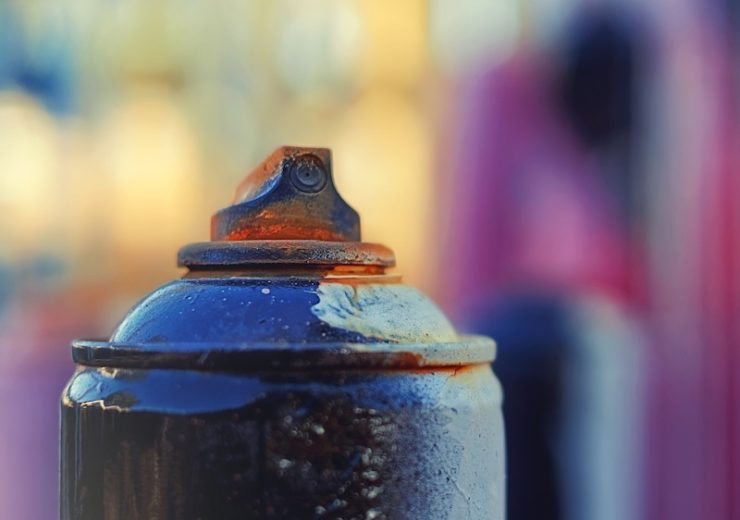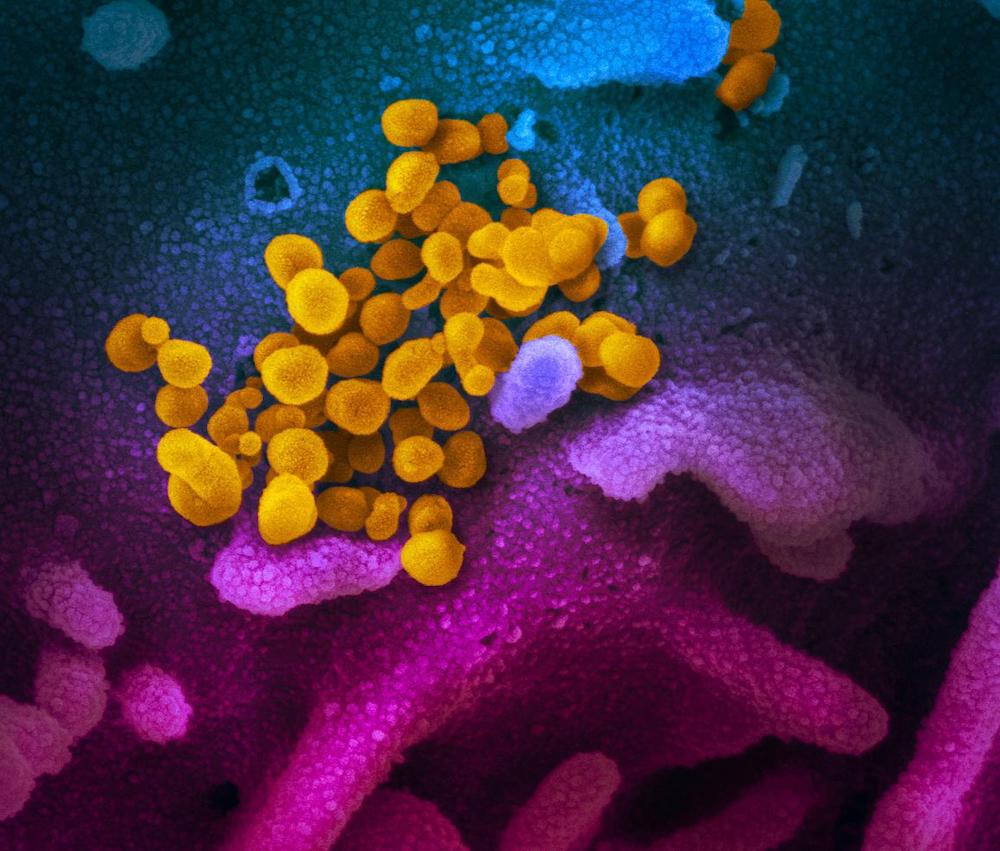Researchers compared Coronavirus with SARS to see how long it was "viable" on materials such as stainless steel, plastic, and cardboard

The investigation found the coronavirus was evident in aerosols for up to three hours (Credit: Pixabay)
Coronavirus can last for two or three days on plastic and stainless steel materials, according to a new study from the US National Institutes of Health (NIH).
The research — co-authored by scientists from the Centers for Disease Control and Prevention, UCLA and Princeton University — also discovered it was detectable for up to four hours on copper, and 24 hours on cardboard.
Alongside this, the investigation found the disease was evident in aerosols for up to three hours.
The study suggests people could acquire the virus through the air and touching contaminated objects.
Coronavirus’ stability rate on surfaces similar to SARS
The NIH scientists compared how the environment impacts both Covid-19 and SARS, which emerged from China and infected more than 8,000 people in 2002 and 2003.
They collected data across 10 experimental conditions involving the two viruses in five environments — including aerosols, plastics, stainless steel and cardboard.
The research found that Covid-19 was more stable on plastic and stainless steel than on copper and cardboard, with a viable virus detectable up to 72 hours after application to these surfaces.
The stability of SARS on these surfaces was at a similar level up to three days after it was first applied.
On copper, there was no viable Covid-19 measured after four hours, half the time it took for SARS to dissipate from the material.

As for cardboard, the SARS virus wasn’t registerable after eight hours, with it taking Covid-19 a day to do so.
Under the experimental circumstances tested, the researchers concluded the stability of SARS and Covid-19 was similar.
The study stated: “It indicates that the differences in the epidemiologic characteristics of these viruses probably arise from other factors, including high viral loads of upper respiratory tract and the potential for persons infected with Covid-19 to shed and transmit the virus.
“Our results indicate that aerosol and fomite [objects or materials that are likely to carry infection] transmission of Covid-19 is plausible since the virus can remain viable and infectious in aerosols for hours and on surfaces for up to days.
“These findings echo those with SARS, in which these forms of transmission were associated with nosocomial [a disease originating in a hospital] and super-spreading events, and they provide information for pandemic mitigation efforts.”
The scientists involved also said that, in contrast to SARS, most secondary cases of virus transmission of Covid-19 appear to be occurring in community settings rather than healthcare settings.
Healthcare environments, however, are also vulnerable to the introduction and spread of the virus, with the stability of Covid-19 in aerosols and surfaces likely contributing to the transmission of the disease in these settings.
